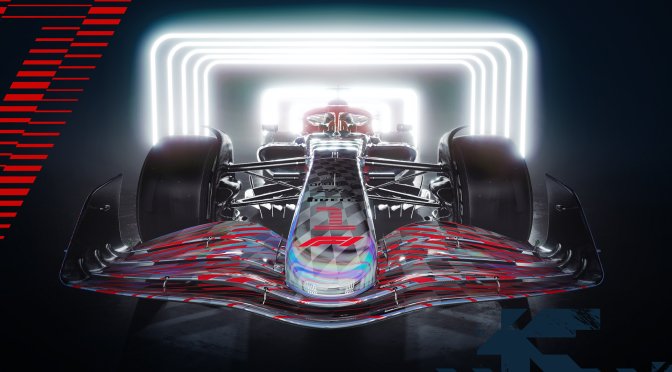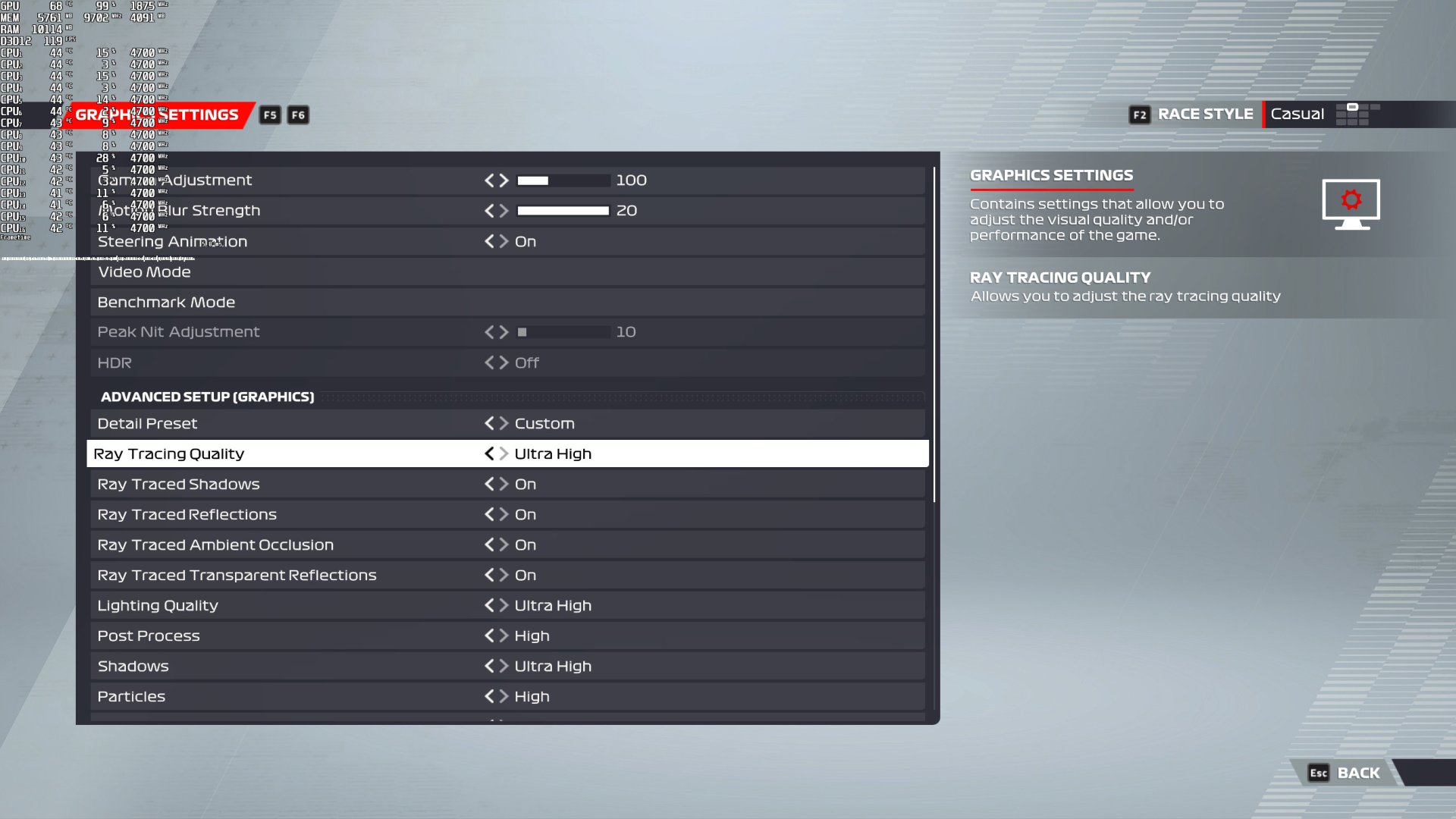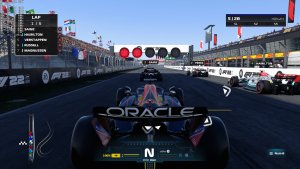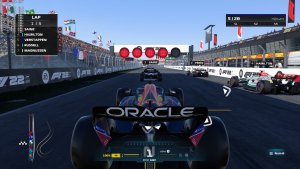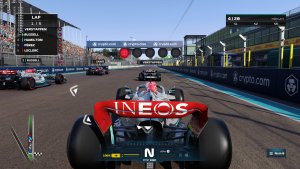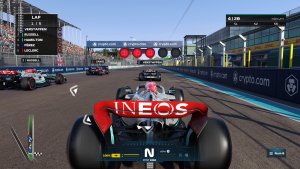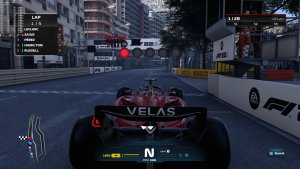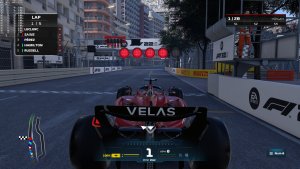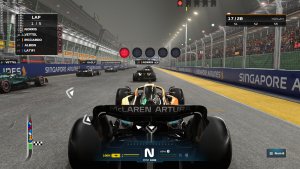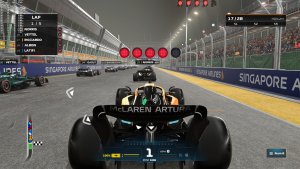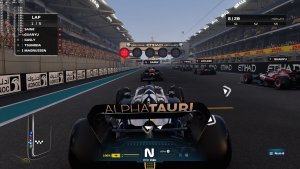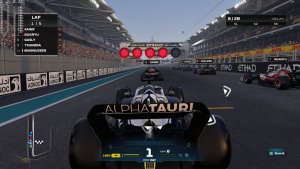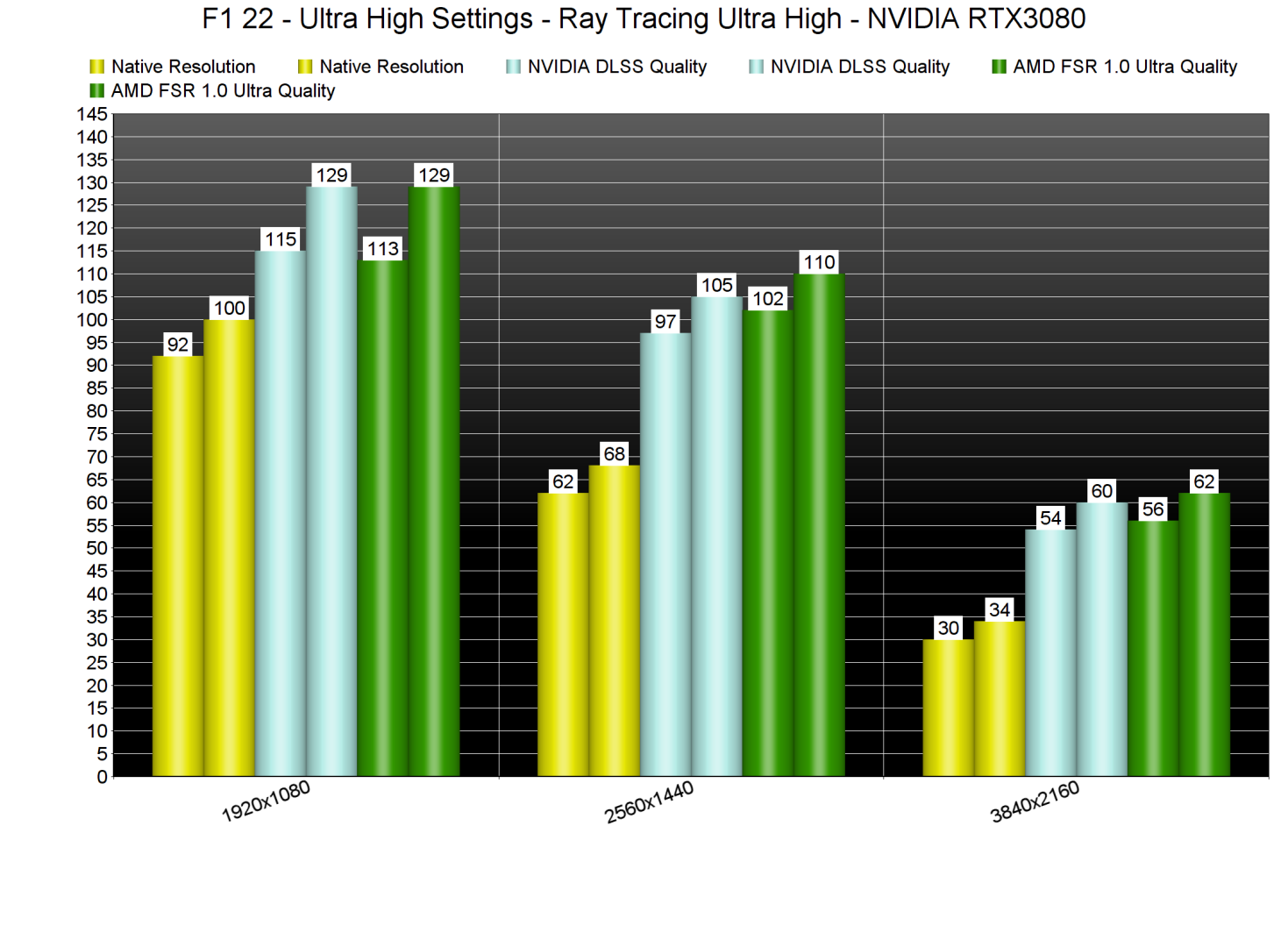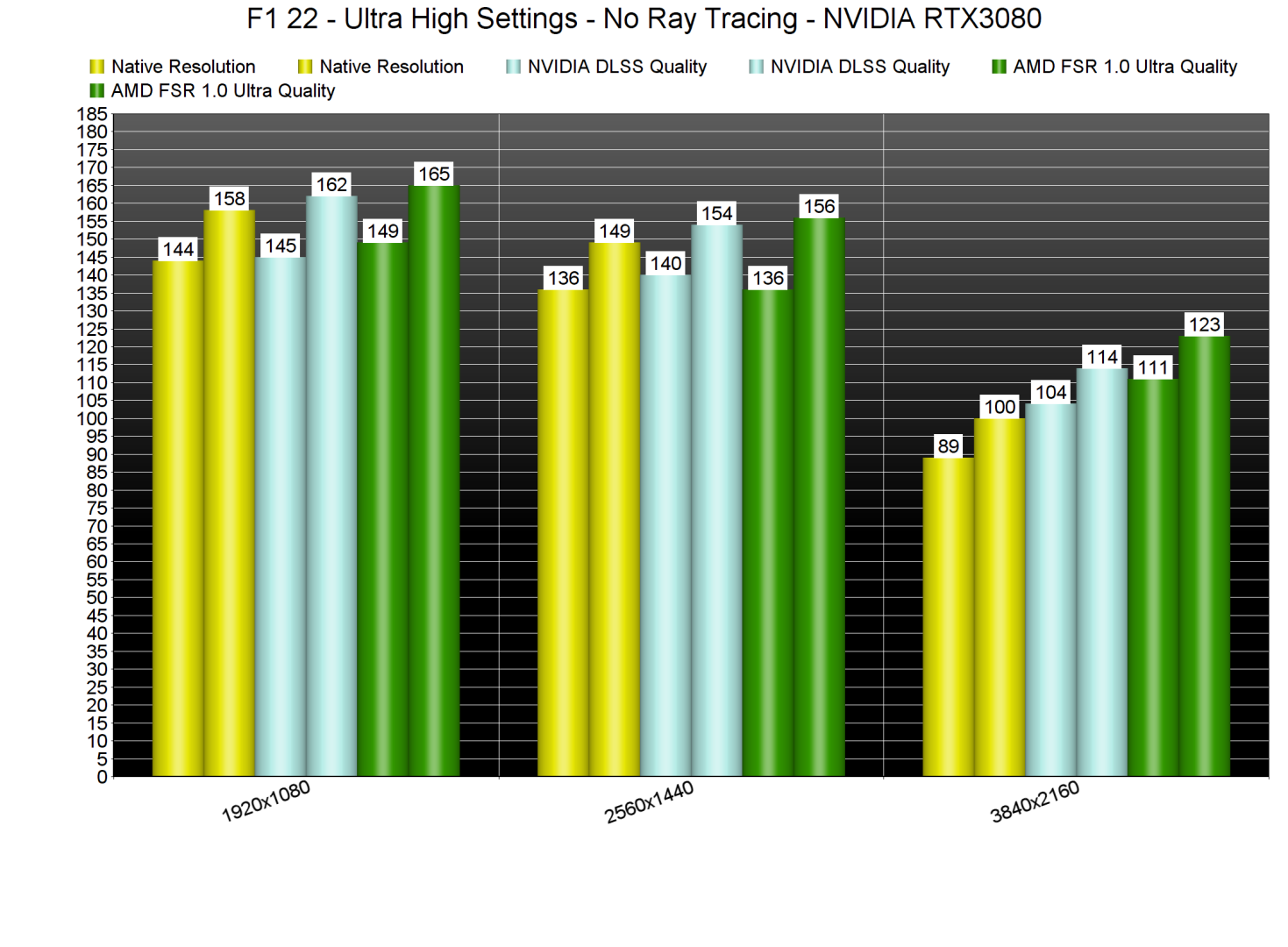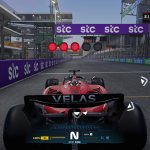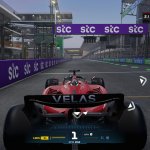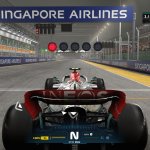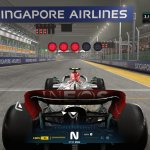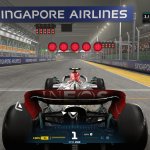Electronic Arts has released the latest part in Codemasters’ F1 racing video-game series, F1 22. Powered by the latest version of the EGO Engine, the game supports Ray Tracing, NVIDIA’s DLSS and AMD’s FSR 1.0. As such, and before publishing our PC Performance Analysis, we’ve decided to benchmark and compare these features.
For these benchmarks and comparison screenshots, we used an Intel i9 9900K with 16GB of DDR4 at 3800Mhz and NVIDIA’s RTX 3080. We also used Windows 10 64-bit, and the GeForce 516.59 driver.
F1 22 has a built-in benchmark tool. As such, we’ve decided to use that one for our benchmarks. From what we could tell, the most demanding stage was Singapore during rainy conditions (which is what we’ve used).
F1 22 supports Ray Tracing Ambient Occlusion, Ray Tracing Shadows, Ray Tracing Reflections and Ray Tracing Transparencies. And below you can find some comparison screenshots between RT On (left) and RT Off (right). As you can clearly see, the RT screenshots look better and more realistic, especially in shadowy places.
However, there is a downside when using Ray Tracing. Even on its Ultra High settings, there are noticeable flickering issues when enabling Ray Tracing Shadows and Ambient Occlusion. My guess is that this flickering is caused by the limited number of rays that the game uses. So while the game looks better with Ray Tracing, it can cause some visual headaches to some.
These Ray Tracing effects can have a costly impact on performance. As we can see, our RTX3080 was only able to push a 30fps experience in native 4K with RT Ultra High. For comparison purposes, the non-RT version runs with 89fps in 4K/Ultra on NVIDIA’s GPU.
And, as you may have guessed, this is where DLSS comes to the rescue. With DLSS Quality, you can get close to a 60fps experience in 4K with RT Ultra High. Then, by simply dropping its quality to Balanced Mode, you can get constant 60fps at all times.
As said, F1 22 supports both NVIDIA’s DLSS and AMD’s FSR 1.0. And, at first glance, both of them may look similar. By zooming in, though, we can clearly see that DLSS does a better job at eliminating jaggies. This is to be expected as the game does not use AMD’s latest FSR 2.0 tech. Interestingly enough, DLSS offers better AA than even native 4K. However, native 4K looks sharper than both DLSS and FSR 1.0. Thankfully, Codemasters has added Sharpening sliders to both DLSS and FSR so that PC gamers can adjust them and reduce these blurry side-effects.
As always, RTX owners should stick with DLSS and don’t bother at all with FSR. For everyone else, though, FSR can be great for improving overall performance. Below you can find some comparison screenshots between DLSS (left), FSR (middle) and native 4K (right).
All in all, F1 22 can run great on high-end PC systems with Ray Tracing, provided you use NVIDIA’s DLSS. By using both of them, you can get smooth framerates on high-end GPUs, even at 4K. That’s great news as a lot of other RT games cannot run with 60fps in 4K, even when using NVIDIA’s DLSS. As said, there are some visual artifacts with RT so let’s hope that Codemasters will fix them (doubtful but hey, let’s be positive). And lastly, the implementation of NVIDIA DLSS in this game is great.
Stay tuned for our PC Performance Analysis!

John is the founder and Editor in Chief at DSOGaming. He is a PC gaming fan and highly supports the modding and indie communities. Before creating DSOGaming, John worked on numerous gaming websites. While he is a die-hard PC gamer, his gaming roots can be found on consoles. John loved – and still does – the 16-bit consoles, and considers SNES to be one of the best consoles. Still, the PC platform won him over consoles. That was mainly due to 3DFX and its iconic dedicated 3D accelerator graphics card, Voodoo 2. John has also written a higher degree thesis on the “The Evolution of PC graphics cards.”
Contact: Email

